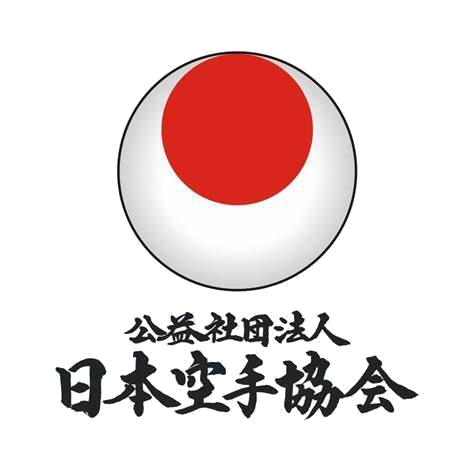Stances
Highest level instructors consider tachi (stances) as the most important element of kihon. Only with a solid stance can the karateka deliver a technique with maximum power. A weak stance enables an individual to be easily pushed off balance, a devastating blow in a fight. Shotokan stances tend to be longer and deeper than other styles of karate. There are four categories of tachi (note: when tachi is placed second in a compound word, it becomes dachi):
Outer Tension Stances
Outer tension stances involve a slight outward pressure of the knees and thighs. They require deep bending of the knees and therefore have the lowest center of gravity. Since these stances are very low, they are ideal training for the leg muscles. Outer tension stances are usually used in conjunction with large movements or long and medium range combat techniques. "Hard styles" of karate (like Shotokan) tend to practice these stances a great deal more than the other stances.
| zenkutsu-dachi | front stance |
| kokutsu-dachi | back stance |
| kiba-dachi | horse-riding stance |
| fudo-dachi / sochin-dachi | immovable stance / strength and calm stance |
| shiko-dachi | square stance |
Inner Tension Stances
Inner tension stances require an inward pressure of the knees and thighs, and have a higher center of gravity. Although easier on the legs, the positions of the feet and knees can be quite awkward, hence these stances are usually more difficult to master. Since the focus of these stances is inward, they are ideal for developing ki, one's inner energy. "Soft style" practitioners tend to train these stances more often. Inner tension stances are considered as more advanced stances and are usually practiced in combination with smaller techniques that can be used in short range or close combat.
| hangetsu-dachi | half-moon stance |
| sanchin-dachi | hourglass stance (3 battles stance) |
| nekoashi-dachi | cat-leg stance |
Natural Stances
Natural stances, or shizen tai (natural body), include all of the stances performed from fairly natural positions. These stances maintain the body's center of gravity at its normal level, requiring little or no tension in the legs or bending of the knees. As such, they are very quickly and easily learned. Natural stances are used when bowing, resting, retreating, and joint locking. They are also often used when awaiting an attack since an individual is most likely going to be in some form of a natural position if ever attacked for real.
| hachiji-dachi / shizentai | shape of 8 stance / natural stance |
| uchi-hachiji-dachi | inward natural stance |
| musubi-dachi | attention stance |
| heisoku-dachi | feet together stance |
| renoji-dachi | L stance |
| teinoji-dachi | T stance |
| heiko-dachi | parallel stance |
Unstable Stances
Unstable stances include stances that leave the individual in a precarious position, actually worsening balance. They are usually performed either on one leg or with both feet very close together. These stances have very specific functions related to bunkai (applications training) and are not designed to be maintained for long periods of time. However, since these stances are unstable, they require a great deal of balance and are often practiced to help individuals to improve overall stability and coordination.
| ashi-dachi | leg stance |
| tsuru-dachi | crane leg stance |
| sagiashi-dachi | heron leg stance |
| genkaku-dachi | rigid crane stance |
| kosa-dachi | cross stance |
| hizakutsu-dachi | knee bending stance |
| hiza-dachi | one knee stance |
| iaigoshi-dachi | kneeling stance |
| ippon-ashi-dachi | one leg stance |
